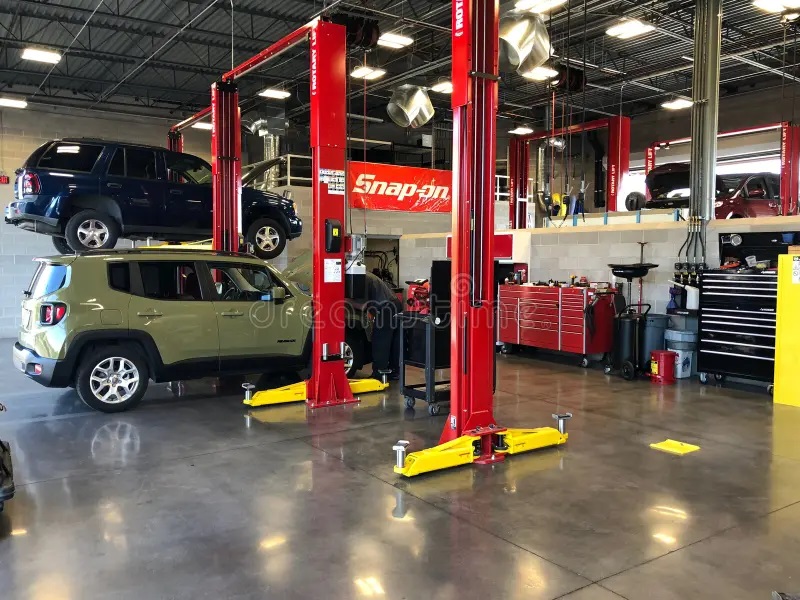Car door latch mechanisms are integral components that ensure your doors close securely. They consist of several parts, including the latch, striker plate, and the release mechanism, which work together to keep the door closed during driving and open when you pull the door handle. When functioning correctly, the latch mechanism provides a smooth, secure operation. However, various issues can cause the latch to fail, ranging from wear and tear to dirt buildup. Understanding the components and how they work can help you diagnose and address problems before they lead to more serious issues.
Accumulation of Dirt and Debris
One of the most common reasons for door latch mechanisms to malfunction is the accumulation of dirt, debris, and moisture in the latch assembly. Over time, dust, grime, and other particles can infiltrate the latch area, preventing the mechanism from working smoothly. The latch may stick or fail to engage fully, causing the door to not close properly. Moisture can exacerbate the problem, causing rust or corrosion that affects the internal components. Regular cleaning and lubrication of the latch mechanism can prevent buildup and maintain smooth operation, ensuring the door latches securely when closed.
Wear and Tear on Latch Components
Like any mechanical component, the parts that make up the door latch mechanism are susceptible to wear and tear over time. The repeated force of opening and closing the door can lead to the wearing down of the latch, striker plate, or internal spring mechanism. As the components degrade, the latch may become loose, misaligned, or fail to engage correctly. This can result in the door not staying securely closed or opening unexpectedly. Regular inspection of the latch and its components can help identify signs of wear early, allowing for timely repairs or replacements to prevent a complete failure of the mechanism. Going for the Auto Repair in Grove City, OH based service would be most essential here.
Misalignment of Door Latch and Striker Plate
Another common issue that causes door latch mechanisms to fail is misalignment between the latch and the striker plate. The striker plate is the metal piece that the latch hooks onto when the door closes. If the door is misaligned—due to a collision, accident, or simply wear—it can prevent the latch from properly engaging with the striker plate. This misalignment may cause the door to not latch securely, resulting in rattling, squeaking, or even the door not closing at all.
Faulty Locking Mechanisms
In some cases, the failure of the car door latch mechanism can be attributed to issues with the locking mechanism. Modern vehicles often have electric or power locks integrated into the door latch assembly. If there is an issue with the electrical system, the latch may fail to engage or release properly. This can result in the door not locking or unlocking as expected. Electrical malfunctions, such as a blown fuse, faulty wiring, or a defective power lock actuator, can prevent the latch mechanism from functioning smoothly. If the locking mechanism is malfunctioning, a professional inspection and repair may be necessary to fix the underlying electrical issue.

